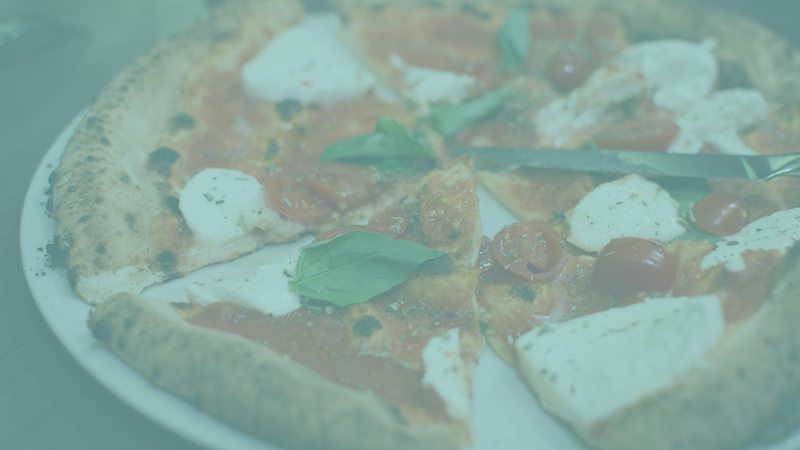In What Order Should Options Be Listed?
Episode #6 of the course Price psychology by Andy Luttrell
In a lot of selling scenarios, people aren’t just selling a single product; they’re selling from a set of available products or services. The question is: how can they lure people into choosing a more expensive option? One way to do this is to keep an eye on the order in which you present your products.
When you go to an online store, there’s usually an option to sort products by price. You’ll notice, though, that “Sort from Lowest to Highest” is not the default! Sure, you can do this yourself, but the store knows what it’s doing.
The truth is that people are lazy. It’s hard to go back and forth over all of your options and keep all possible attributes in mind. This is why we can be so easily tricked by sneaky design tactics.
One lesson from price psychology is that people will spend more money if the expensive items are presented first.
In a recent study, a bunch of psychologists were allowed to take control of one bar’s beer menu. All they did was change around the order in which beers were listed. Some weeks, the beers would go from most to least expensive, and other weeks, they would go from least to most expensive. That’s all that changed.
At the end of eight weeks, the bar shared their sales with the researchers. They sold more than 1,000 beers over those eight weeks, but when the researchers looked at which beers people were choosing, they found that it depended on the week.
On weeks when the beers were listed from most to least expensive, people tended to order more expensive bottles than on weeks when the beers were listed from least to most expensive. It seems that getting people to consider more expensive options first nudges them to end up choosing a more expensive product than if they started with a cheaper option.
The researchers think this happens because people tend to be more sensitive to potential losses than potential gains. Let’s say I discovered the five best pizza toppings ever, and you can add each one to your pizza for $3 each. You might add one or two because you’re more concerned with losing money than gaining delicious toppings.
But let’s turn it around. Let’s say I created the greatest pizza in the world with five amazing toppings. You can order this pizza, and you can omit as many of the toppings as you want, each of which save you $3. Now you probably won’t remove too many because you’re more concerned with losing quality than saving money. So you end up with four or five toppings.
So in general, people are less willing to downgrade quality than to upgrade quality, even if it means paying more.
For more on how numbers bias our decisions, check out “When Irrelevant Numbers Bias Our Judgment: The Anchoring Heuristic.”
Recommended book
“Small Data: The Tiny Clues That Uncover Huge Trends” by Martin Lindstrom
Share with friends

